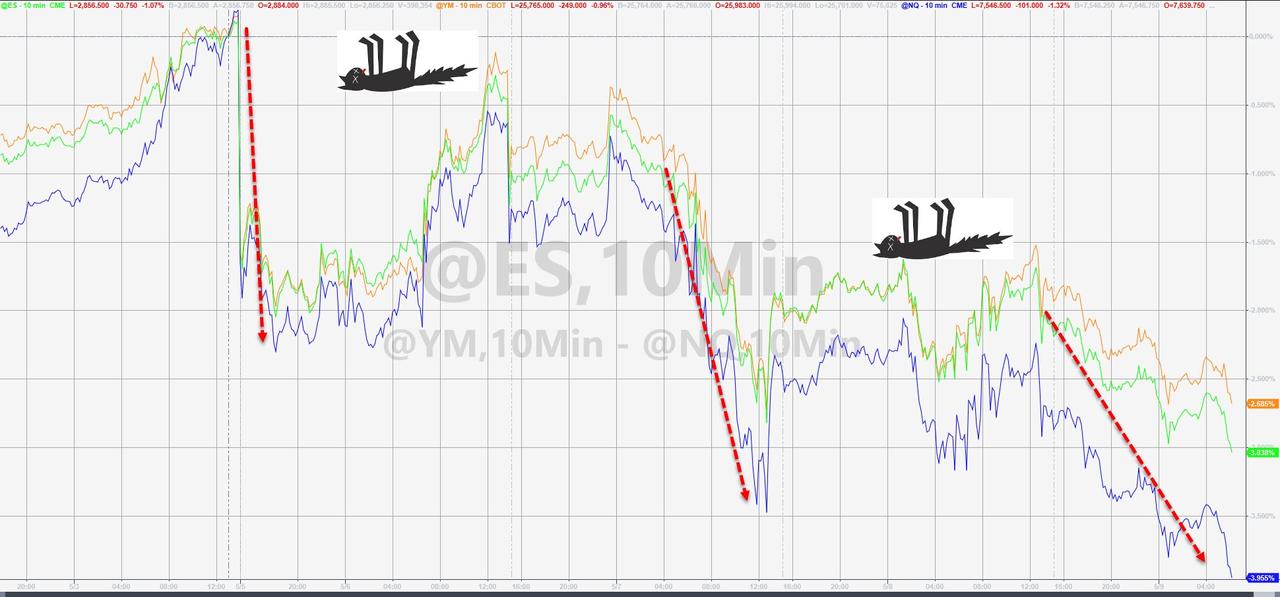There has been significant volatility in US stock markets so far this week. The Dow was down over 470 points Monday morning. Dip-buyers saved the day and the Dow ended up only down 66 points. But then the bottom fell out on Tuesday, with the Dow plunging 473 points.
Tweets by President Trump threatening more tariffs and raising questions about whether China and the US can work out a trade deal sparked this market volatility and the ensuing sell-off.
In his latest podcast, Peter Schiff raises an interesting question: was this by design?
Of course, it could be that Trump just realized that the amazing trade deal he’s been promising isn’t going to come to fruition and he’s trying to lower expectations. Or it could be a negotiating tactic. The president certainly has a history of using a carrot/stick negotiating strategy. And we know that he doesn’t have a problem with using tariffs as the stick. In fact, as Peter pointed out, Trump thinks tariffs are great because he believes the Chinese pay them, which isn’t true. The tariffs are added on here in the United States. It’s the American consumers who pay those tariffs.
Undoubtedly, tariffs can hurt China if the higher prices cause Americans to stop buying the Chinese goods subject to the tariffs. But ultimately, Americans are the losers when it comes to tariffs. They either have to pay a higher price or forgo the product altogether.
Regardless, the markets have been pushed upward on hopes that a trade deal was imminent. With every positive announcement, we saw stock markets rise. With the president suddenly casting doubts on the situation, we’re seeing volatility.
Peter said he thinks these tweets indicate that the odds of a deal are pretty slim.
So, the markets obviously have to begin pricing in the fact that there’s not going to be a deal, and if that’s the case, there is a lot of downside.”
Peter noted last week that it might have put a cap on the market when Powell came out a little more hawkish than investors expected and dampened hopes of an interest rate cut this year
What set the low, what was the catalyst for this rally, was the Fed getting more dovish. It went from ‘we’re going to keep hiking rates’ to ‘we’re finished hiking rates.’ It went from ‘quantitative tightening is on autopilot’ to ‘quantitative tightening is going to end over the summer.’ And so that shift – where the Fed went from being hawkish to dovish – that started the rally. Well, this more recent shift, where the Fed changed expectations again and disappointed the markets by saying, ‘Hey, we’re not as dovish as you think. We’re not going to cut rates,’ that, I think, capped the market. And now, Trump coming in and taking away the prospects...


